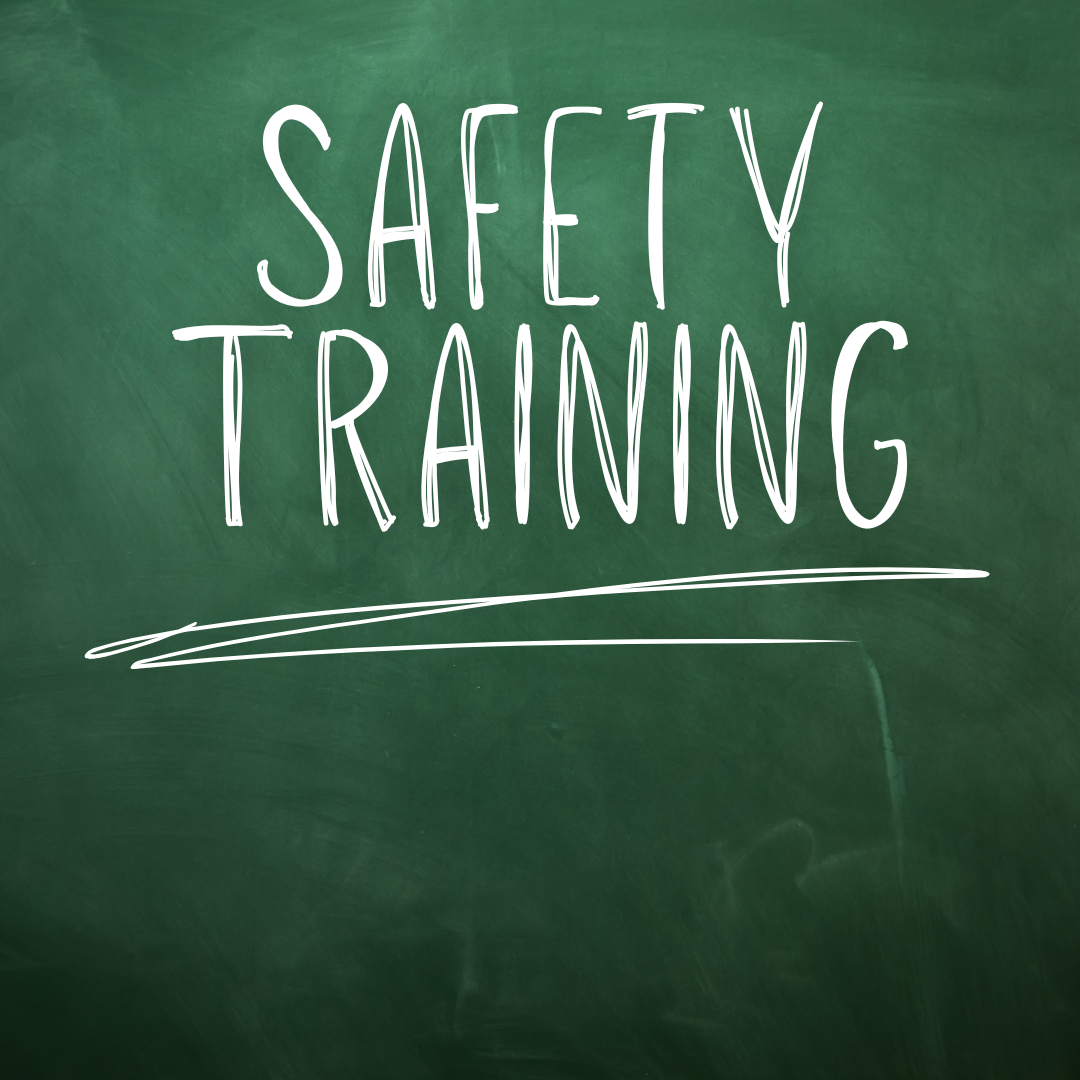
National Safety Month: Our Safety Training Topics Explained
Earlier this month, we explained our Safety Month Theme, “Think Safe, Work Safe, Live Safe”. Now, let’s apply this concept to some of our monthly training topics – how can we take these topics beyond the shop floor?
Earlier this month, we kicked-off National Safety Month explaining our Safety Month theme, "Think Safe, Work Safe, Live Safe", and listed practical examples for each category. Basically, it’s all about making safety a habit - not just at work, but in everyday life.
This week, let’s use that mindset to help us better understand our monthly safety training topics:
Hazard Communication
Think Safe: Know what chemicals you’re working with before you start. Read labels and Safety Data Sheets.
Work Safe: Wear the correct PPE and follow handling instructions so you don’t get exposed to the chemicals or cause a spill.
Live Safe: Understanding hazards at work helps you recognize similar risks at home—like using cleaners, paints or solvents safely.
Respiratory Protection
Think Safe: Understand when and why a respirator is needed. A respirator is not a face mask, it's what protects you from inhaling hazardous particles and/or chemicals.
Work Safe: Use the right type of respirator, make sure you are trained and it fits well, and keep it clean.
Live Safe: Knowing how to protect your airways at work can make you more aware of what procedures you should follow and what PPE you should wear when completing dusty DIY projects or poor air quality days at home.
Electrical Safety
Think Safe: Respect electricity. It’s powerful and invisible. Double-check before flipping a switch or using equipment.
Work Safe: Don’t overload circuits, inspect cords often, and stay clear of downed live wires.
Live Safe: These habits help at home, too - like not running extension cords under rugs, fixing outlets without turning off the breaker, or overloading outlets or extension cords.
First Aid
Think Safe: Be prepared and ready to act. You never know when someone might need help, so learn the basics and stay calm in emergencies.
Work Safe: Know where first aid supplies and AED are located, how to report injuries, and how to help without making things worse.
Live Safe: First aid knowledge is a life skill. Whether you're camping, cooking, or watching the kids play sports, accidents may happen and it’s best to be prepared.
Confined Spaces
Think Safe: Recognize spaces that could be dangerous before entering. Lack of oxygen, toxic gases or limited egress aren't always obvious.
Work Safe: Only enter if trained, follow entry procedures, monitor air quality, and never work alone.
Live Safe: Even at home, you might deal with tight spaces (like crawlspaces or attics); knowing the risks keeps you safe.
Noise Exposure and Hearing Conservation
Think Safe: Realize that hearing loss can be permanent and is often preventable.
Work Safe: Use hearing protection when required and be aware of noisy environments or processing equipment.
Live Safe: Whether at a concert, using power tools, or mowing the lawn - what you do now affects how well you hear later in life.
Waste Storage Requirements
Think Safe: Understand what you’re storing or throwing away because it might have special storage or disposal requirements.
Work Safe: Label and date all waste containers, separate waste types, and store them properly to prevent spills or fires.
Live Safe: Safe disposal habits also help at home, like not tossing batteries or chemicals in the regular trash. Your city or county’s website will have information about special waste pick-up/drop-off for your area.
Fire Prevention
Think Safe: Fire hazards aren’t always obvious. Pay attention to what could spark or be fuel in a fire.
Work Safe: Keep all exits clear, follow storage rules, and don’t block sprinklers or alarms.
Live Safe: Apply the same awareness at home - check smoke alarms, avoid overloading outlets, plan a fire escape route and a meeting spot (rally location).
Ergonomics and Proper Lifting Techniques
Think Safe: Your body is your most important tool – treat it well and use caution.
Work Safe: Use the right posture, equipment, and lifting techniques to avoid injury. DO NOT lift over 50 pounds without help or a lifting aid.
Live Safe: Whether you’re moving furniture or helping with groceries, proper lifting protects you everywhere.
Injury and Illness Prevention
Think Safe: Be on the lookout for what could hurt you or others by mentally staying in “safety mode.”
Work Safe: Report hazards, follow protocols, and don’t take shortcuts.
Live Safe: A prevention mindset keeps you healthy and injury-free, both on and off the job.
In short: when you think safe, you make smart choices. When you work safe, you protect yourself and your team, family, friends and neighbors. And when you live safe, you carry that mindset into every part of your life - because being safe isn’t just for the workplace, it’s a lifestyle.
Coming Up: We’ll wrap-up National Safety Month and announce the locations that completed the Teamwork Challenge.
Safety First. Always. And, it starts with me.
